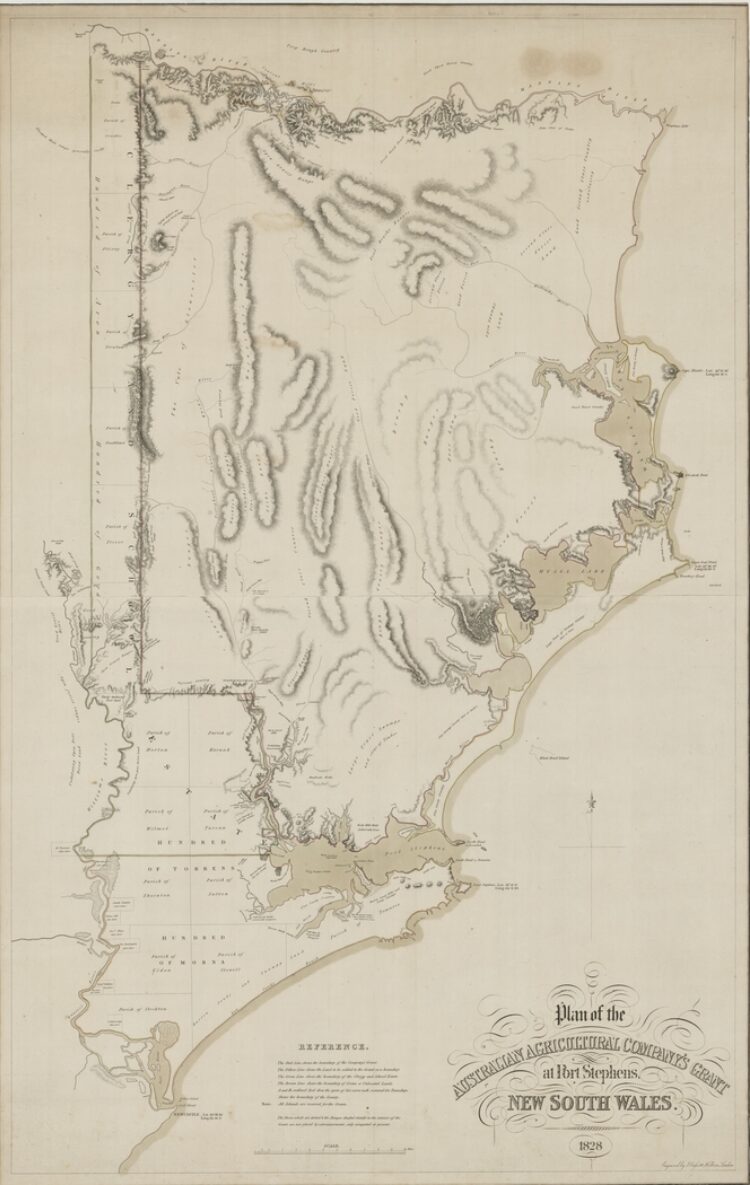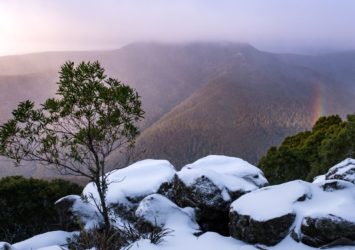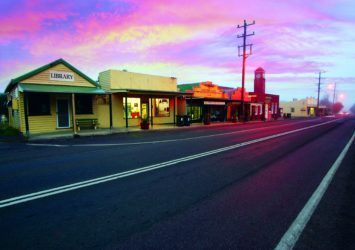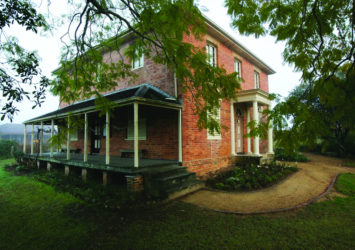How Barrington Coast got its name and the link to the early days of the colony.
About the name Barrington Coast
The highest point of our coastline is Barrington Tops, named from being the source of the Barrington River, and its pristine waters tumble off this high volcanic plateau, making their way to the Pacific Ocean.
This is why our destination is called the Barrington Coast: from the mountains to the sea.
The Barrington River was named by Robert Dawson from the Australian Agricultural Company in 1826. It was to honour an English businessman and politician with an Irish Peerage title: the 6th Viscount Barrington of Ardglass in County Down.
Although the Viscountcy no longer exists, the Barrington name lives on in Australia: the village of Barrington, Barrington River, Barrington Tops and now the Barrington Coast.
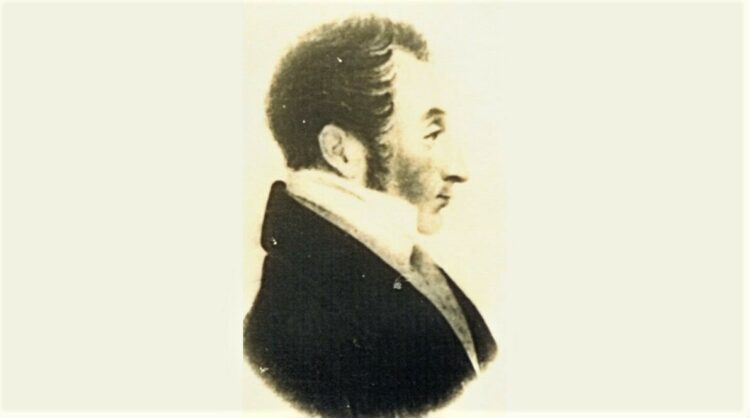
The Australian Agricultural Company (AACo)
The name of the Barrington Coast has its origins in the explorations of Robert Dawson, the inaugural Chief Agent of the Australian Agricultural Company (AA Co.). In 1824 this newly-formed rural investment company had been granted one million acres as part of the British government's plans to drive development of the New South Wales colony.
However when Dawson arrived in Sydney in November 1825 accompanied by company employees, their families plus sheep, cattle and horses for the new settlement, their grant land had not even been selected.
It was Dawson's role to select the land and the deciding factor was a good harbour. On the advice of John Oxley, who had walked in 1818 from Port Macquarie to Sydney via the beaches and headlands of the mid north coast, the land between Port Stephens and the Manning River was chosen and named the Port Stephens Estate.
In February 1826 Dawson created the settlement of Carrington on the northern shores of Port Stephens as the AA Co's first headquarters. He described this waterway as "very capacious and beautiful, there is water enough to admit ships of the largest tonnage, with as fine views of wood and water as can be imagined: the scenery is quite Italian."
In November 1826 he went exploring the estate lands, looking for better sheep country than was to be found around the infant settlement after hearing reports of good land to be found around the Manning. With Dawson were 5 local aboriginal men, 3 convict servants, 5 pack-horses, 4 hunting dogs and provisions for 3 weeks.
He was enormously impressed by the country his party traversed - the grassy flats along the Karuah River, the "fine sheep hills" around Stroud, the open country of the Vale of Gloucester "like a gentleman's park", and the rivers that he encountered.
Robert Dawson held the local aborigines in extremely high regard, especially Wool Bill who he described variously as a companion, a friend and a faithful squire. About 4pm on the hot afternoon of 17 November 1826 he stood with Wool Bill by a "noble and rapid stream" that he later named the Barrington River. Its source was high in the plateau that later became called Barrington Tops.
Source: The Present State of Australia by Robert Dawson (1831) dedicated to William Keppel Barrington.
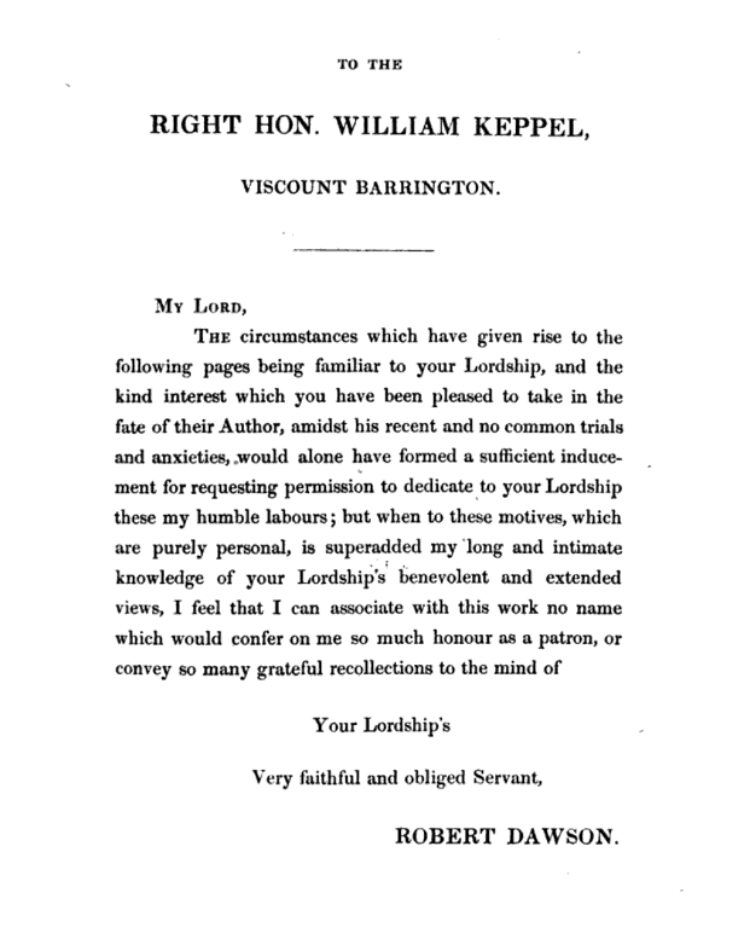
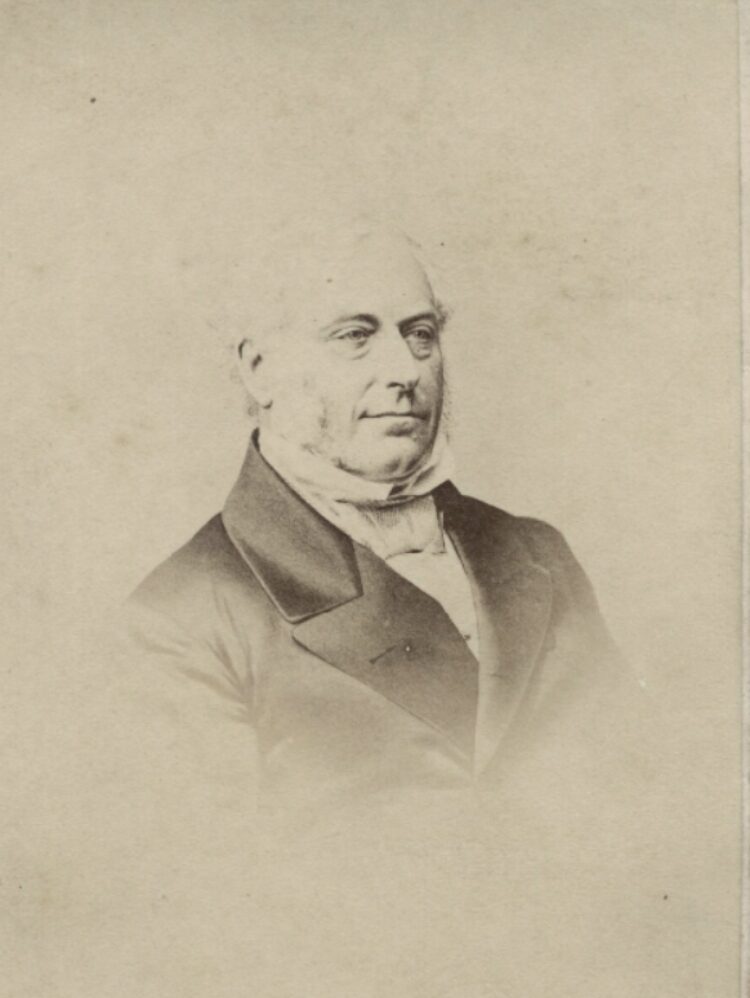
About the 6th Viscount Barrington
The name was in honour of Robert Dawson's previous employer: Sir William Keppel Barrington, the 6th Viscount Barrington (6 Oct 1793 to 9 Feb 1867).
Sir William was a politician (being Conservative Member of Parliament for Berkshire 1837-57) and a businessman (Chairman of the Great Western Railway 1856-57).
Born in London, William Keppel Barrington was the eldest son of Reverend George Barrington, 5th Viscount Barrington, by his wife Elizabeth, second daughter of Robert Adair and Lady Caroline Keppel. His father Reverend George was a clergyman of the Church of England, initially Rector of Sedgefield then Prebendary of Durham Cathedral.
William Keppel became the 6th Viscount at the age of 36 on the death of his father in 1829. However, as this was a title in the Peerage of Ireland, it did not entitle him to a seat in the House of Lords. In 1837 he was instead elected to the British House of Commons as one of three representatives for Berkshire, a seat he held until 1857. He was also Chairman of the Great Western Railway between 1856 and 1857, the railway line passes just 1km south of the family estate at Beckett House in Shrivenham.
He married Jane Elizabeth Liddell, fourth daughter of Thomas Liddell, 1st Baron Ravensworth, in 1823. They had five sons and five daughters.
Slavery
By 1783 the anti-slavery movement to abolish the slave trade throughout the British Empire had begun among the British public, with the Society for Abolition of the Slave Trade established in 1787.
In North America, the Upper Canada Legislative Assembly passed the first legislation to outlaw the slave trade in any part of the British Empire, the Act Against Slavery in 1793, spurred on by an incident involving Chloe Cooley, a slave brought to Canada by an American loyalist.
In the UK, abolitionist William Wilberforce introduced slavery abolition bills in Parliament throughout the 1790s, finally leading to the Slave Trade Act 1807 that abolished the slave trade in the British Empire. The Royal Navy established the West Africa Squadron in 1808 to suppress the Atlantic slave trade by patrolling the coast of West Africa, preventing the slave trade by force of arms, including the interception of slave ships from Europe, the United States, the Barbary pirates, West Africa and the Ottoman Empire. Abolitionist Henry Brougham MP successfully introduced the Slave Trade Felony Act 1811 which at last made the overseas slave trade a felony throughout the British Empire. Slavery itself was abolished in the British Empire with the Slavery Abolition Act 1833.
So was William Keppel Barrington a slave trader?
No, he was born in the decade where slavery abolitionists were constantly pushing for the end to the trade in enslaved people. He was 14 years old when the slave trade was abolished in the British Empire and when Royal Navy ships started patrolling West African waters to set free captured Africans. He was 18 years old when slave trading became a felony and was 40 years old when remaining slaves throughout British overseas colonies were finally freed in 1833.
The following generations of Barringtons
William Keppel Barrington died at Shrivenham, Berkshire in February 1867, aged 73. At his death he was succeeded by his first-born son George William (7th Viscount) who died without male heirs so then his brother Percy (ie. William Keppel's second-born son) became the 8th Viscount (1886).
Percy's son William Bulkeley Barrington became the 9th Viscount (1901) who was then succeeded by his son William Reginald Shute Barrington as 10th Viscount (1933). William Reginald was a bachelor without heirs so he was succeeded by his nephew Patrick William Daines Barrington as the 11th Viscount (1960). Patrick was also a bachelor without heirs so when he died on 6 April 1990, the Viscountcy of Barrington became extinct.
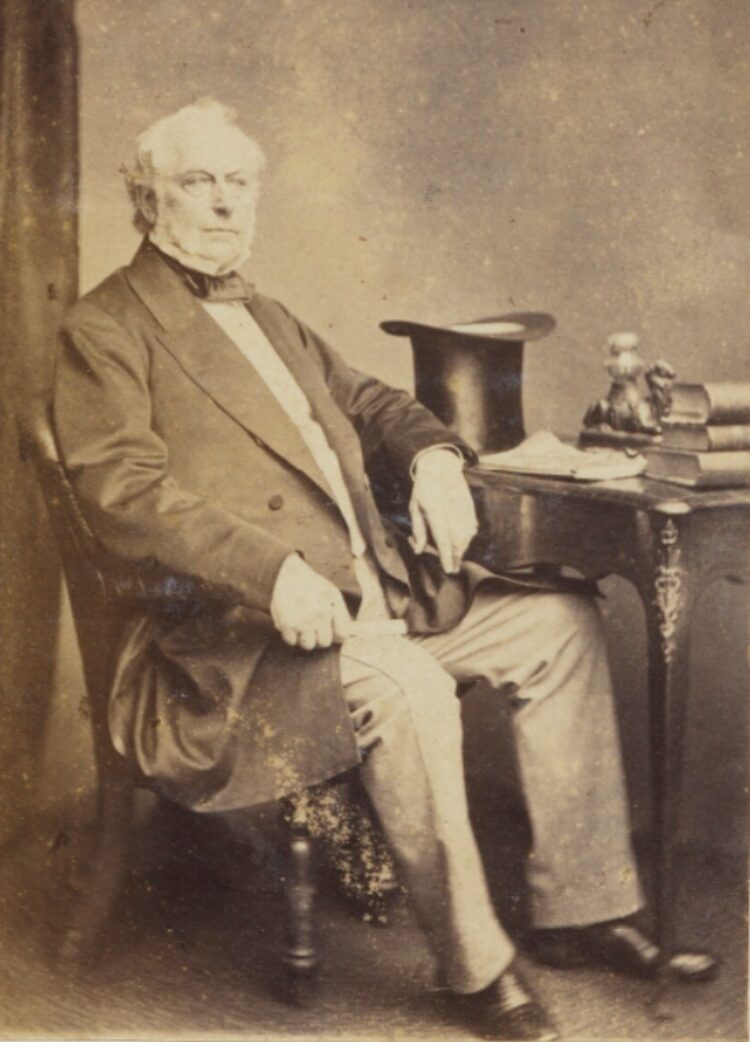
Fun facts about the 1st Viscount Barrington
John Barrington, 1st Viscount Barrington of Ardglass (County Down, Ireland) was born in 1678 at Theobalds, Hertfordshire, England. He was the son of Benjamin Shute and Elizabeth Caryl. He married Anne Daines, daughter of Sir William Daines and Elizabeth Harris, on 23 June 1713 at St. Benet's, London, England.
His name at birth was John Shute. He was educated at Utrecht, The Netherlands and was admitted to Inner Temple entitled to practise as a Barrister-at-Law. He held the office of Commissioner of Customs between 1708 and 1711.
In 1710 he inherited the estate of Tofts in Little Baddow, Essex, from Francis Barrington, who was married to his cousin. Also in 1710 he inherited the estate of Beckett House, a considerable property in Berkshire, from a John Wildman (no relation whatsoever).
He held the office of Member of Parliament (Whig party) for Berwick-upon-Tweed between 1715 and 1723.
In 1716 his name was legally changed to John Barrington by Act of Parliament.
On 1 July 1720 he was rewarded by the King George 1st with a title in the Peerage of Ireland: he was created 1st Viscount Barrington of Ardglass (County Down, Ireland). (Some historic background for this reward from a king: The German-born Georg Ludwig of Hanover had become the British King George 1st after the death of his second cousin Anne, Queen of Great Britain in August 1714. He succeeded to the throne because he was the closest Protestant relative of Queen Anne. At the time, John Barrington was a leading Protestant Dissenter.)
The family motto on their newly-minted coat of arms was: Honesta Quam Splendida ("Honorable rather than showy").
However on 15 February 1723 he was expelled from Parliament for promoting "an infamous fraudulent project", the lottery of Harburg, created to increase trade between Britain and Hanover.
He died on 14 December 1734 at Beckett Hall, Berkshire and is buried at St Andrews parish church, Shrivenham, now in Oxfordshire.
